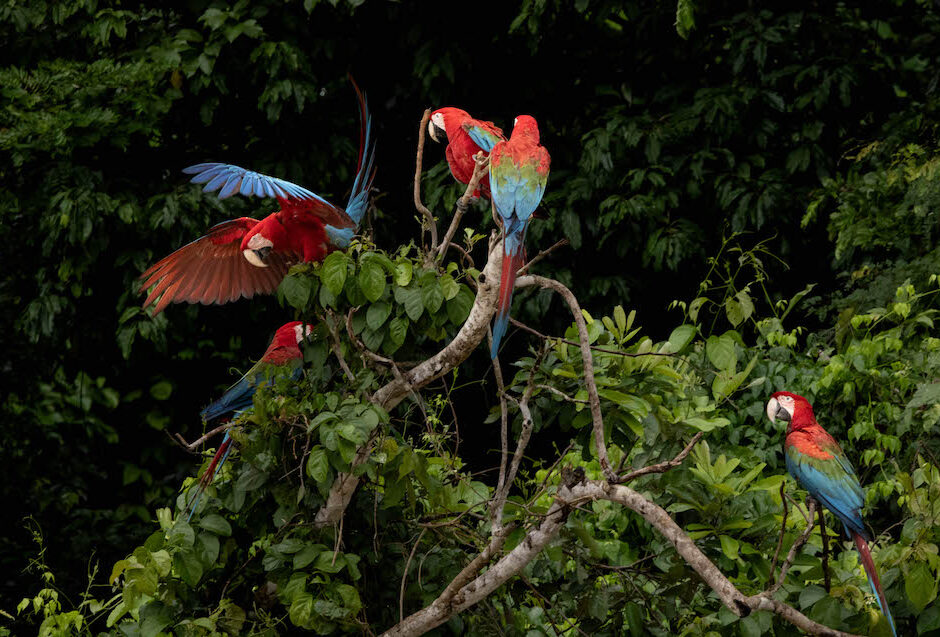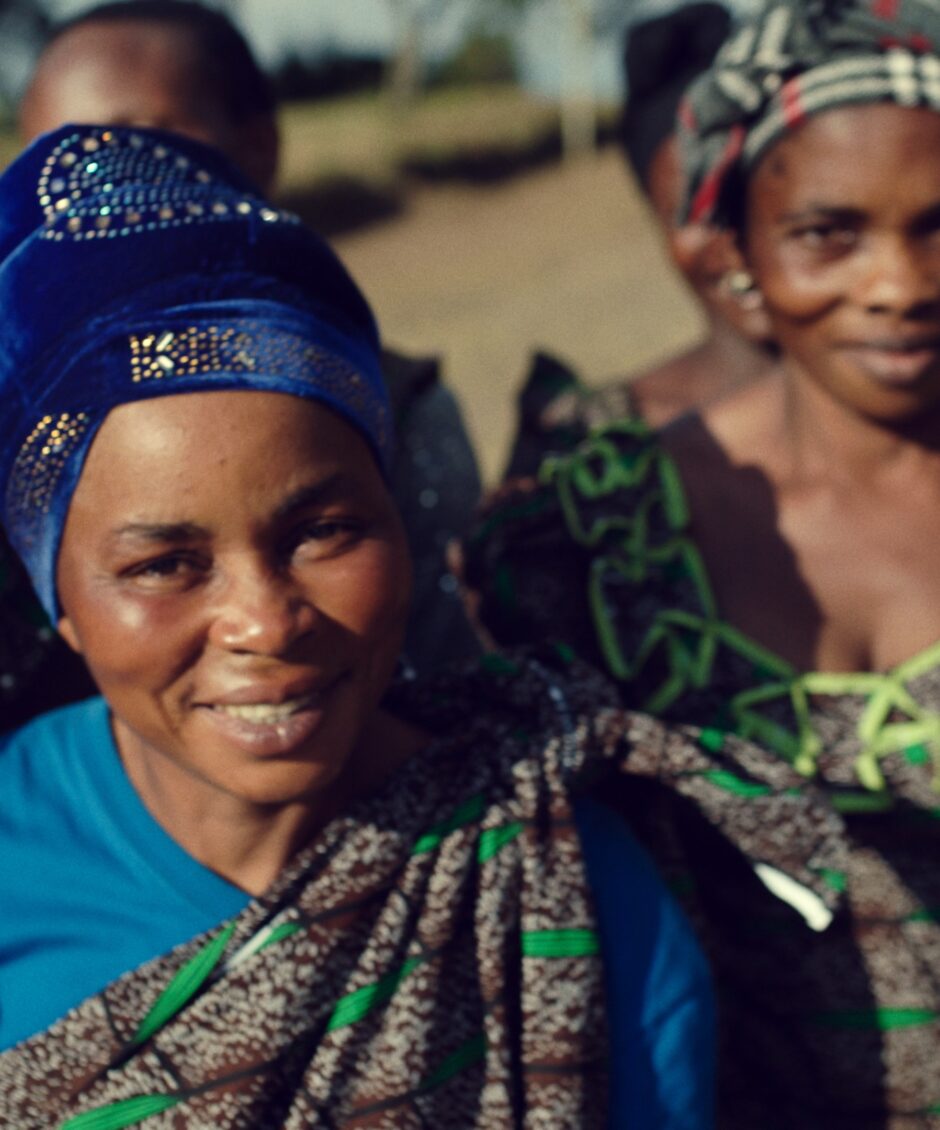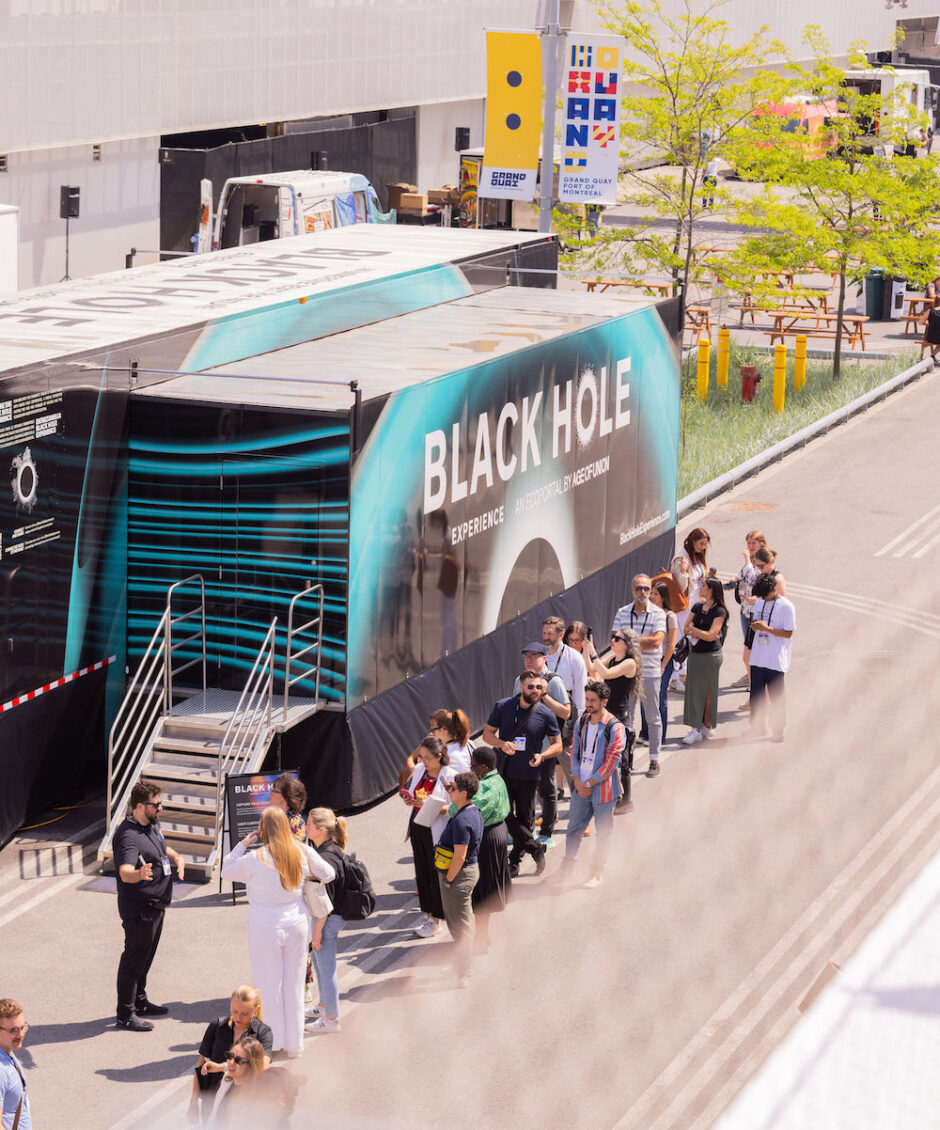Up to Half of the World’s Glaciers Could Disappear by 2100 — Here’s Why You Should Care
Article

Amid new research detailing the extent of glacial loss, researcher David Rounce shares a message of hope with Age of Union.
Author
Daphne Rustow
Topics
The glaciers are melting quicker than they should be — but you most likely knew that already. Some have visited deglaciated terrain and witnessed the sight of receding glaciers in person, while others have seen the images of an iceberg crashing into the waters below it splashed across social media. Though glaciers are often located in remote areas that are challenging to reach, developments in glaciological research and remote-sensing technology allow us to understand these bodies of ice — and the ways in which they are impacted by climate change — in meaningful new ways.
Glaciers, ranging from a couple hundred to thousands of years old, are massive bodies of slow-moving ice. The snow that accumulates at the glacier’s higher altitudes allows it to gain mass, whereas the melt that occurs at its lower altitudes is the mechanism by which it loses mass. A glacier in a balanced state is one in which the gains experienced at the upper altitudes match the losses occurring at the lower altitudes. And in many ways, glaciers are constantly striving to reach this equilibrium or balanced state. When a glacier recedes, it distances itself from the warmer temperatures at its lower levels to find more of a balance between the accumulation of snow occurring at the top and the melt occurring at the bottom.

For years, scientists have been studying the relationship between glaciers and climate change, and a recent study published in the journal Science provides an unprecedented look at how the Earth’s glaciers will fare over time.
The study, “Global glacier change in the 21st century: Every increase in temperature matters,” published in January of this year, finds that regardless of predicted temperature change scenarios, roughly half of the world’s glaciers by number — or about a quarter of the world’s glaciers by mass — will melt by century’s end. Considering global mean temperature is currently projected to increase by 2.7 degrees Celsius, the study predicts far greater rates of glacier loss and near-complete deglaciation of Central Europe, Western Canada, the US, and New Zealand. To conduct their research, the international team behind this study took inventory of all 215,000 glaciers outside of Greenland and Antarctica. They used previous datasets and a combination of two open-source models to develop their own glacier evolution model and ran it through different climate projections.
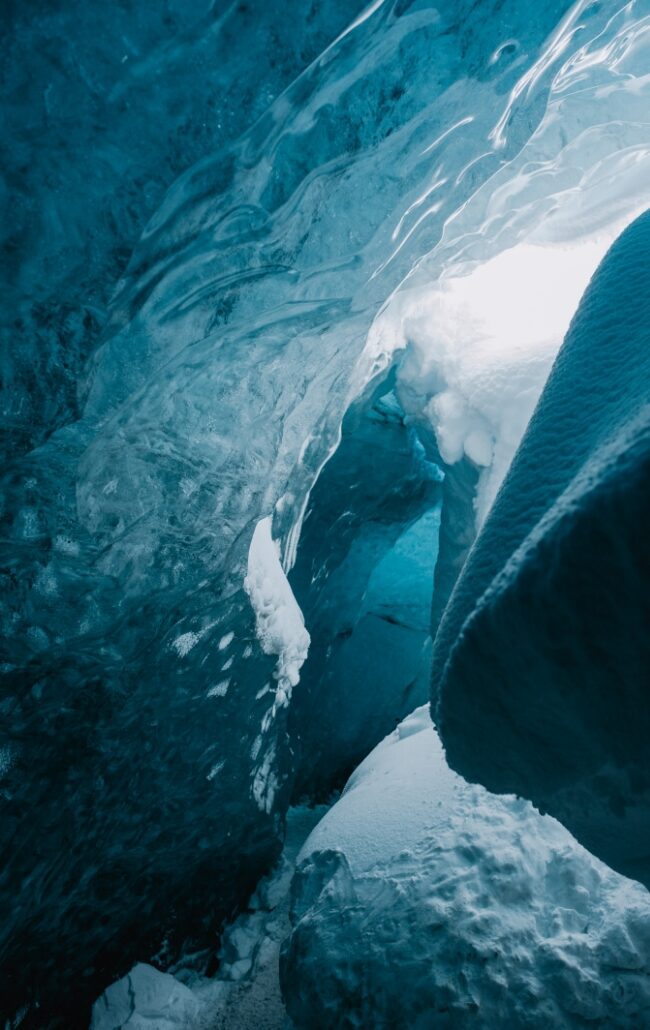
“We’re not the first study that’s estimated how the glaciers are going to respond to climate change,” says David Rounce, the study’s lead author and researcher at Carnegie Mellon University, “but what was surprising was to see just how many glaciers by number were going to be lost … A lot of these glaciers are smaller, so they’re just not able to withstand that increase in temperature. In that same vein, it was very surprising to see upwards of 80% of the glaciers being lost in a plus-four degree Celsius scenario,” he added, referring to the projection model’s worst-case scenario.
However stark the numbers may be, Rounce also pointed to another — perhaps less publicized — interpretation of the study. “We also really wanted to share a message of hope because we see that a lot of glaciers are very sensitive to increases in temperature between a degree and a half and three degrees Celsius,” he said, “[which] highlights that if we’re able to reduce our emissions as a society, we can preserve a lot of the ice on the planet, and prevent widespread deglaciation from occurring in many of these regions — especially in places where the glaciers are linked to society, whether it be a part of their culture, spirituality, tourism, [or] ecosystems.”
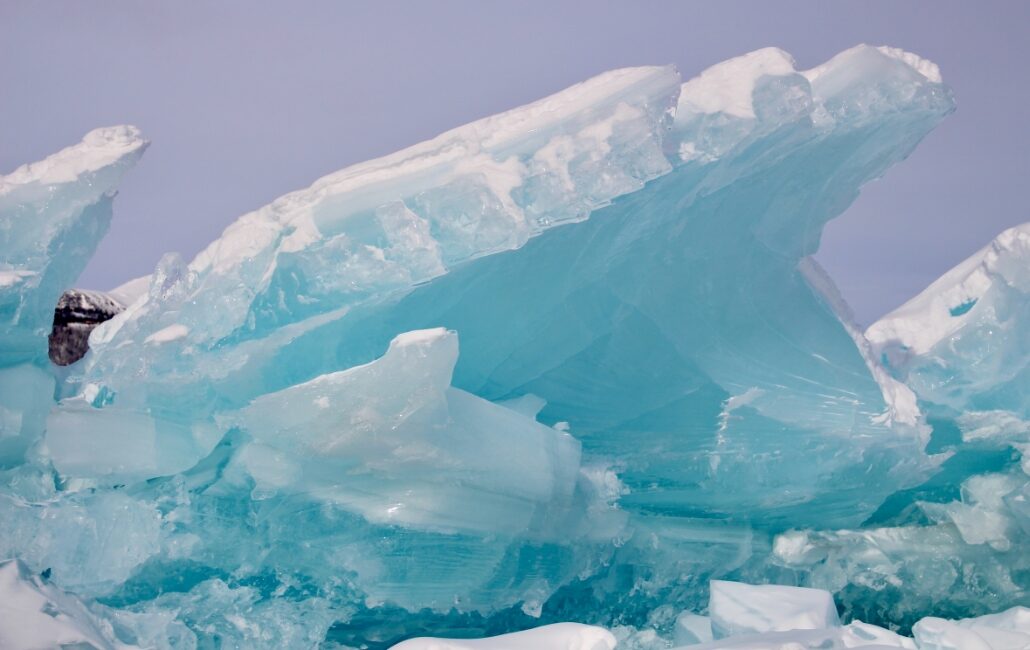
This message of hope is doubly important when one considers the many ways in which glacier loss will impact the planet. One of the greatest consequences of deglaciation is the subsequent rise in sea levels, which can hardly be overstated, given the hundreds of millions of people living along coastlines today. But glaciers are also critical to many ecosystems and represent a reliable water source for millions of people on this planet. In mountainous regions like the Himalayas or the southern Andes, for example, glacial melt provides an important freshwater reserve for downstream communities, particularly so in times of drought. Yet another overlooked consequence of deglaciation is the threat of glacier lake outburst floods. As glaciers melt, they become prone to forming glacial lakes at their base levels, and increases in meltwater can lead to flood hazards for surrounding communities.
In many ways, glaciers are a forceful symbol of climate change, Rounce points out. “When you show people repeat photographs of glaciers — or if people are able to visit a glacier and see where the glacier used to be and walk over that now deglaciated terrain — it’s a powerful message of how these glaciers are responding to climate change and the fact that they’re responding very quickly,” explains Rounce. “That said, I don’t think people fully grasp the time scales that it takes [for] glaciers to respond to these [temperature] changes.”
Although his recent study examines plausible temperature change scenarios and highlights the inevitability of glacier loss, Rounce still stresses a message of hope.
“As a society, we understand that [some amount of glacial loss is inevitable], but I think we can still improve our understanding — and how we communicate to society — that by reducing our greenhouse gas emissions, we can prevent glacier mass loss and preserve a lot of ice in these mountainous regions around the world.”
Credits
Photo 1 by Cassie Matias.
Photo 2 by Sophia Simoes.
Photo 3 by Deborah Diem.
Photo 4 by Sophia Simoes.
Topics
Article written by
Daphne Rustow
As a Content Producer for Age of Union, Daphne looks for the stories at the heart of our partner projects and finds the best way to bring them to life. She brings a decade of experience in documentary film, breaking news, and animation, working both in production and post. She is keen on finding compelling visuals and strong characters — and is particularly interested in the ethics of documentary filmmaking and content production.
Related
articles
Black Hole Experience, Explainer
What Black Holes Can Teach Us About Nature and Spirituality
America, Explainer, Project, South America
The Braided Lives of Birds and Trees in the Western Amazon
Africa, Explainer, Project
The Crucial Role of Women in Protecting the Congo’s Forests
Project
More articles
Black Hole Experience, Explainer
What Black Holes Can Teach Us About Nature and Spirituality
Black Hole Experience, News
Black Hole Experience Premieres at C2 Montreal
News
Age of Union Alliance Unveils The Black Hole Experience, a Mobile Immersive Exhibition and Reset for Humankind
News


